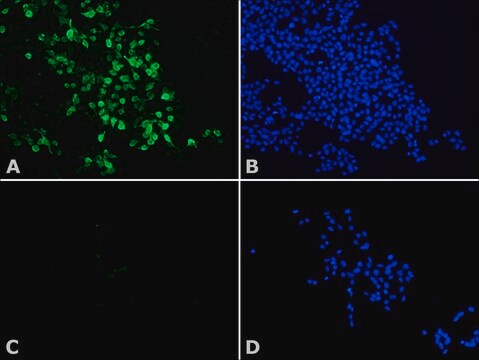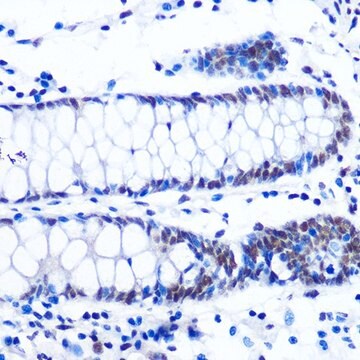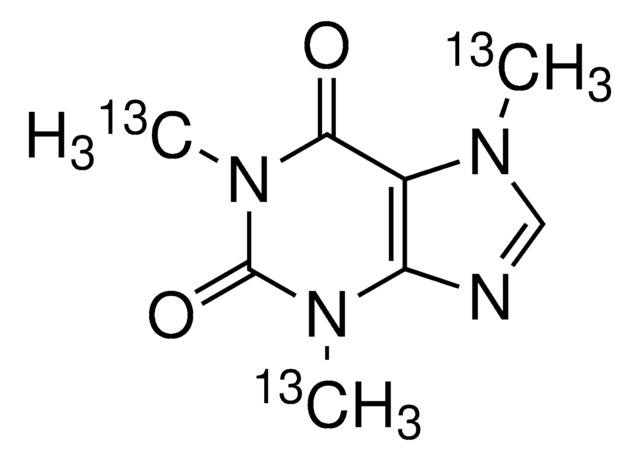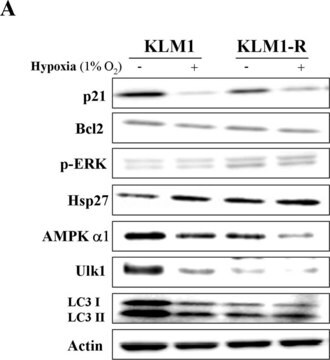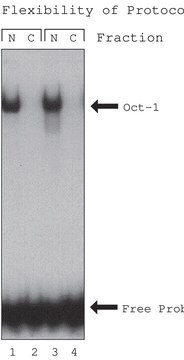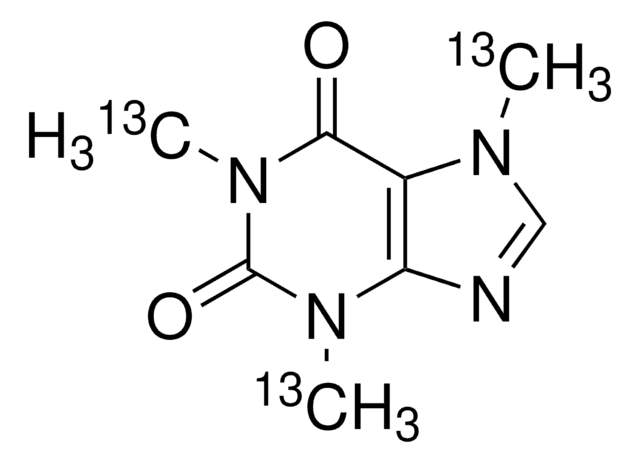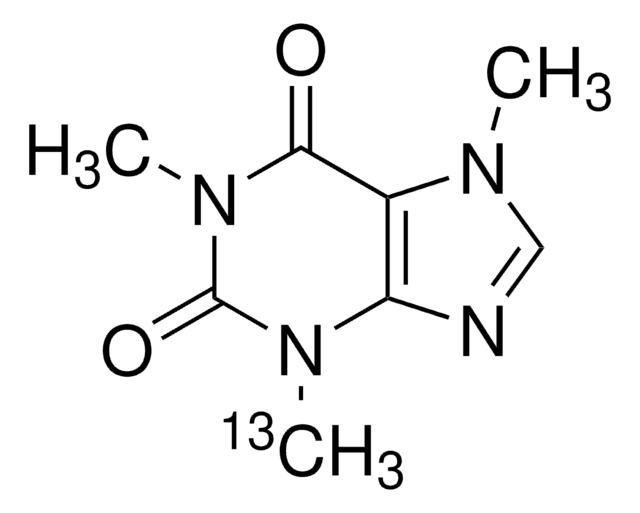Kluczowe dokumenty
H6412
Monoclonal Anti-Histone Deacetylase 8 (HDAC8) antibody produced in mouse
2.0-2.5 mg/mL, clone HDAC8-48, purified immunoglobulin, buffered aqueous solution
About This Item
Polecane produkty
pochodzenie biologiczne
mouse
białko sprzężone
unconjugated
forma przeciwciała
purified immunoglobulin
rodzaj przeciwciała
primary antibodies
klon
HDAC8-48, monoclonal
Formularz
buffered aqueous solution
masa cząsteczkowa
antigen ~43 kDa
reaktywność gatunkowa
human
stężenie
2.0-2.5 mg/mL
metody
indirect ELISA: suitable
microarray: suitable
western blot: 4 μg/mL using nuclear extracts of HeLa cells
izotyp
IgG1
numer dostępu UniProt
Warunki transportu
dry ice
temp. przechowywania
−20°C
docelowa modyfikacja potranslacyjna
unmodified
informacje o genach
human ... HDAC8(55869)
Powiązane kategorie
Opis ogólny
Immunogen
Zastosowanie
- test immunoenzymatyczny (ELISA)
- immunoblottingu
- barwienie immunofluorescencyjne
Działania biochem./fizjol.
Postać fizyczna
Oświadczenie o zrzeczeniu się odpowiedzialności
Nie możesz znaleźć właściwego produktu?
Wypróbuj nasz Narzędzie selektora produktów.
Wybierz jedną z najnowszych wersji:
Certyfikaty analizy (CoA)
Nie widzisz odpowiedniej wersji?
Jeśli potrzebujesz konkretnej wersji, możesz wyszukać konkretny certyfikat według numeru partii lub serii.
Masz już ten produkt?
Dokumenty związane z niedawno zakupionymi produktami zostały zamieszczone w Bibliotece dokumentów.
Nasz zespół naukowców ma doświadczenie we wszystkich obszarach badań, w tym w naukach przyrodniczych, materiałoznawstwie, syntezie chemicznej, chromatografii, analityce i wielu innych dziedzinach.
Skontaktuj się z zespołem ds. pomocy technicznej